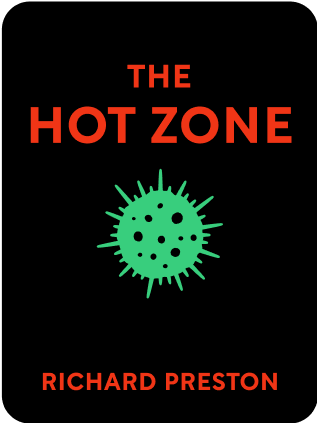

This article is an excerpt from the Shortform summary of "The Hot Zone" by Richard Preston. Shortform has the world's best summaries of books you should be reading.
Like this article? Sign up for a free trial here .
What is bio containment? How did scientists and the government use biological containment procedures to stop the spread of Ebola?
Bio containment is a practice that is meant to stop biological matter like viruses from spreading.
Read more to find out how bio containment works and how it was used to stop Ebola.
Bio Containment and the USAMRIID Level 4 Hot Zones
USAMRIID researchers studied Biosafety Levels 0, 2, 3, and 4 agents (there is no Level 1). Ebola was a Level 4 hot agent, which are lethal viruses that have no vaccines or cures.
Before entering a Level 4 hot zone, researchers went through a multistep safety process with helped with bio containment, including:
- Removing all their jewelry and clothing, including underwear
- Putting on sterile surgical pants and shirt
- Covering hair with a surgical cap
- Getting bathed in ultraviolet light, which impaired viruses from replicating
- Putting on latex gloves and taping the edges closed around the cuffs of their shirtsleeves
- Taping socks around the ends of their pant legs
- Putting on biological space suits, which were made of thick plastic and included attached rubber gloves
- Wearing a latex glove over the rubber space-suit gloves, creating three layers of protection for researchers’ hands, which were at the greatest risk as they handled blades and sharp bones
- Donning a plastic helmet and rubber boots
- Crossing through a gray area, which provided a margin between the hot zone and the regular world. The gray area also contained the decontamination shower, which sprayed researchers with a combination of water and chemicals as they exited the hot zone.
Any researchers whose suits had been breached and who were exposed to a Level 4 hot agent had to be quarantined in the USAMRIID’s biocontainment hospital, called the Slammer. Those who died were buried in a Level 4 biocontainment morgue, called the Submarine.
No risk could be overlooked when dealing with such deadly and highly infective agents.
Biological containment is a complex process, and when done properly, helps ensure that the virus can’t spread.

———End of Preview———
Like what you just read? Read the rest of the world's best summary of Richard Preston's "The Hot Zone" at Shortform .
Here's what you'll find in our full The Hot Zone summary :
- The many different strains of Ebola, including the deadliest kind with a kill rate of 90%
- How scientists unraveled the mystery of a new strain of Ebola
- How Ebola could become airborne, becoming one of the deadliest viruses known






